Trichocereus peruvianus – Peruvian Torch
€ 4,95 – € 15,00
- Straight from the Source
- Sustainable cultivation
- Guaranteed healthy
- Botanically accurate
Description
Description
Latin name: Trichocereus peruvianus
Also know as: Echinopsis peruviana, Peruvian Torch
The Peruvian Torch (Trichocereus peruvianus) grows high in the Andean mountain deserts of Peru and Ecuador and is similar to the San Pedro cactus (Trichocereus pachanoi) which is found in the same region. The human use of the cactus dates back thousands of years to the northern coast of Peru and the monks of a pre-Inca culture known as Chavín (900 BC to 200 BC). They prepared a brew called “achuma”, “huachuma” or “cimora” which was used during ritualistic ceremonies to diagnose the spiritual links to a patient’s illness.
The plant is bluish-green in color, with frosted stems, and 6-9 broadly rounded ribs; it has large, white flowers. It can grow up to 3–6 m (9.8–19.7 ft) tall, with stems up to 8–18 cm (3.1–7.1 in) in diameter; it is fully erect to begin with, but later possibly arching over, or even becoming prostrate. Groups of 6-8 honey-colored to brown rigid spines, up to 4 cm (1.6 in) in length, with most about 1 cm (0.39 in), are located at the nodes, which are evenly spaced along the ribs, up to approximately 2.5 cm (0.98 in) apart.
Trichocereus peruvianus can be propagated from either seeds or cuttings.
(1000 seeds is approximately 0.80 gram)
Propagation from cuttings
Like many other plants, Trichocereus peruvianus can be propagated from cuttings. The result is a genetic clone of the parent plant. For example, the top 15 cm (5.9 in) end of a cactus column can be cleanly removed with a knife. The cutting can be left to heal for about two weeks in the scattered or indirect light, by laying it upon its side. It should be kept away from excessive moisture that will encourage growth of an opportunistic infection, and should receive good airflow at this time. The plant will heal by forming a calloused seal to withstand bacterial and fungal attack such as mold. The unrooted cutting can be kept upright in a propped up position for an extended period of time (2+ years) without harm. Often roots will emerge from the lowest point of the plant between 3–6 months time. Rooting hormone is not required and its use may damage the soft tissues of the plant, giving rise to bacterial or fungal rot that may kill the clone.
Cuttings may be planted after the formation of a callus and before the emergence of roots in either a small pot or directly in the ground. Cuttings should be set far enough below the surface of the soil to ensure stability until the root network is formed as well as access to moisture.
Light requirements
While a cutting is establishing its root system, it should be kept protected from extremes in both light and heat. New growth will generally signal the development of a root system and the need to start making the reintroduction into more direct light. Insufficient light will result in undesirable narrow and elongated growth from the tip while too much direct light (especially noonday direct sun) may result in a burning of the new growth at the center apex and the deforming of the plant. Proper light will mimic the mountain sides native to this and other Echinopsis species. 5 hours of direct sunlight with several hours of bright indirect light seems to strike a good balance between growth and excessive hardening or yellowing due to stress.
Soil
Depending upon the local environmental conditions soil should be well draining and able to hold enough moisture for a week or more without drying out. Any soil used should never be “rich” in nitrogen. These are easily identified as being dark in color and / or high in manure content. A good basic soil mixture will consist of a basic “cactus soil mix” supplemented with 25% washed sand and 35% perlite. Pots must be well draining and do not need to be large in order to support an extensive root network. Most beginning growers experience plant loss by root rot from using a composted soil mix that is high in nitrogen from manure in a heavy wood or peat moss matrix. This will usually compact with time. Watering will cause the microflora to turn to anaerobic respiration resulting in a change in soil pH, killing the root system and eventual root rot.
Watering
Once established these plants will be able to handle large amounts of watering compared to other cactus genera. Like other plants warm temperature and sunlight will result in rapid growth. Watering should take on a cycle between watering and keeping the soil moist (but not damp) with a short “drying out” period to keep soil microflora in check once every 10–14 days/ 5 days. Watering should be stopped or severely limited in the winter months when plants go dormant.
Feeding
These cacti respond well to balanced feeding that can be augmented depending upon the grower’s desires. Overfeeding is not suggested as it will often result in burning the plant and microflora blooms.
Additional Info
Additional information
| Weight | N/A |
|---|
Reviews (0)
You must be logged in to post a review.


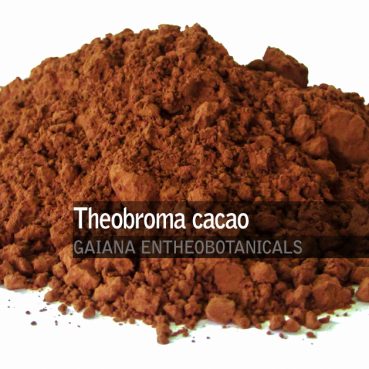
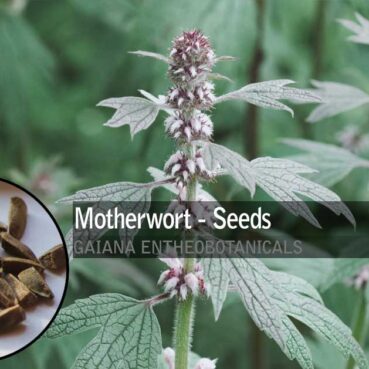
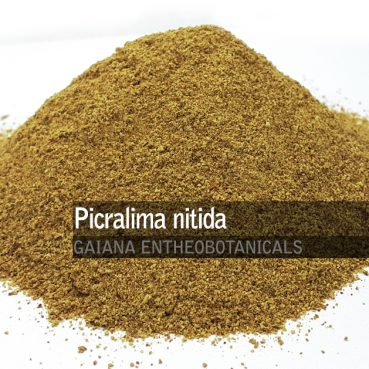

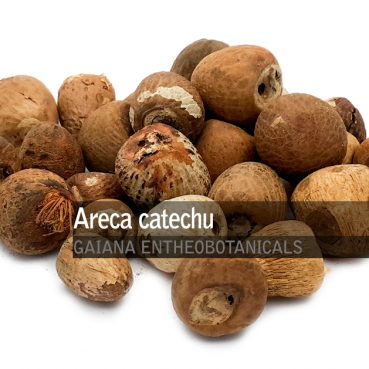



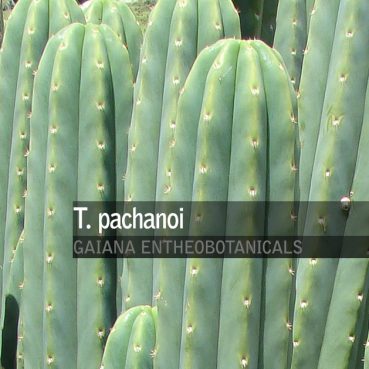

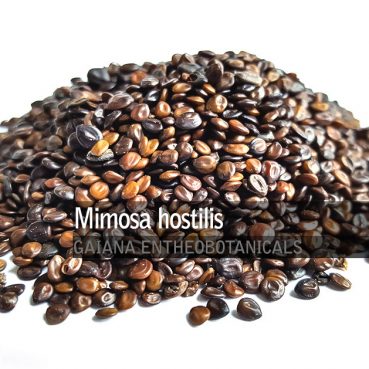
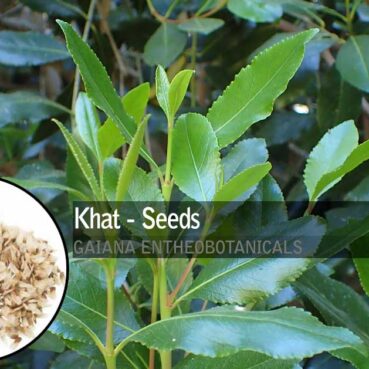
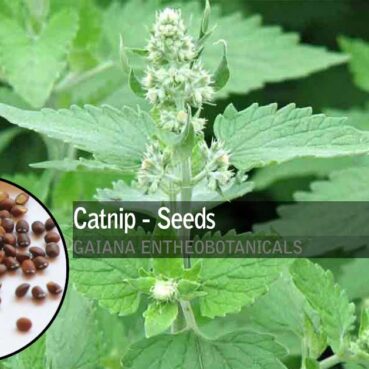

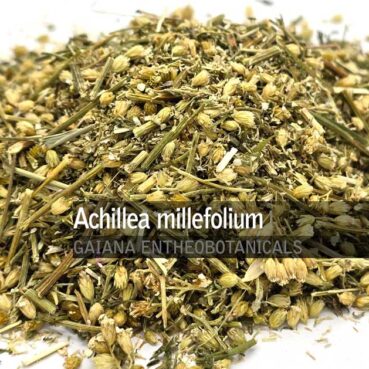
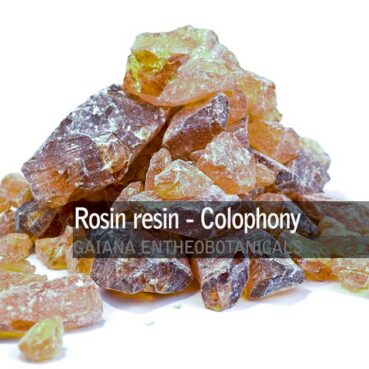
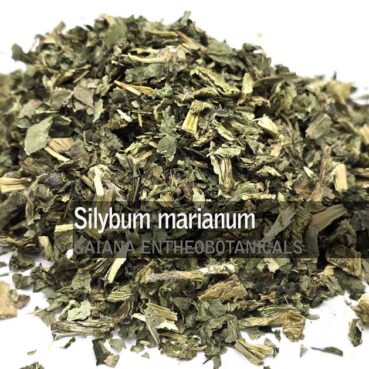
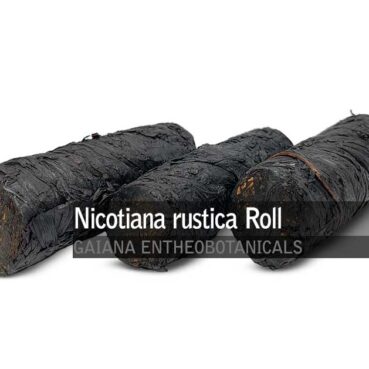

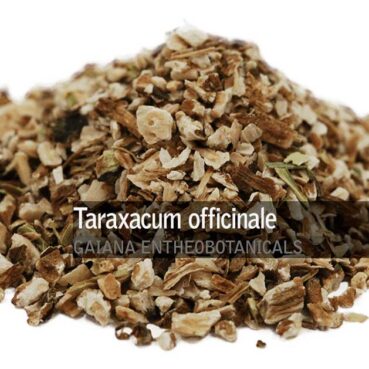
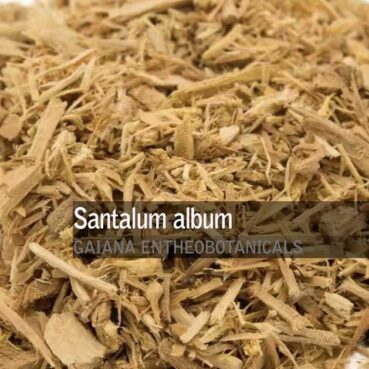

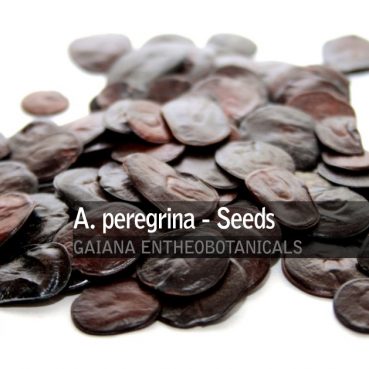
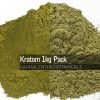 Kratom 1kg Pack
Kratom 1kg Pack Green Malay
Green Malay Cola nitida -Kola Nut-
Cola nitida -Kola Nut- Borneo Red Vein
Borneo Red Vein Borneo White Vein
Borneo White Vein
Reviews
There are no reviews yet.